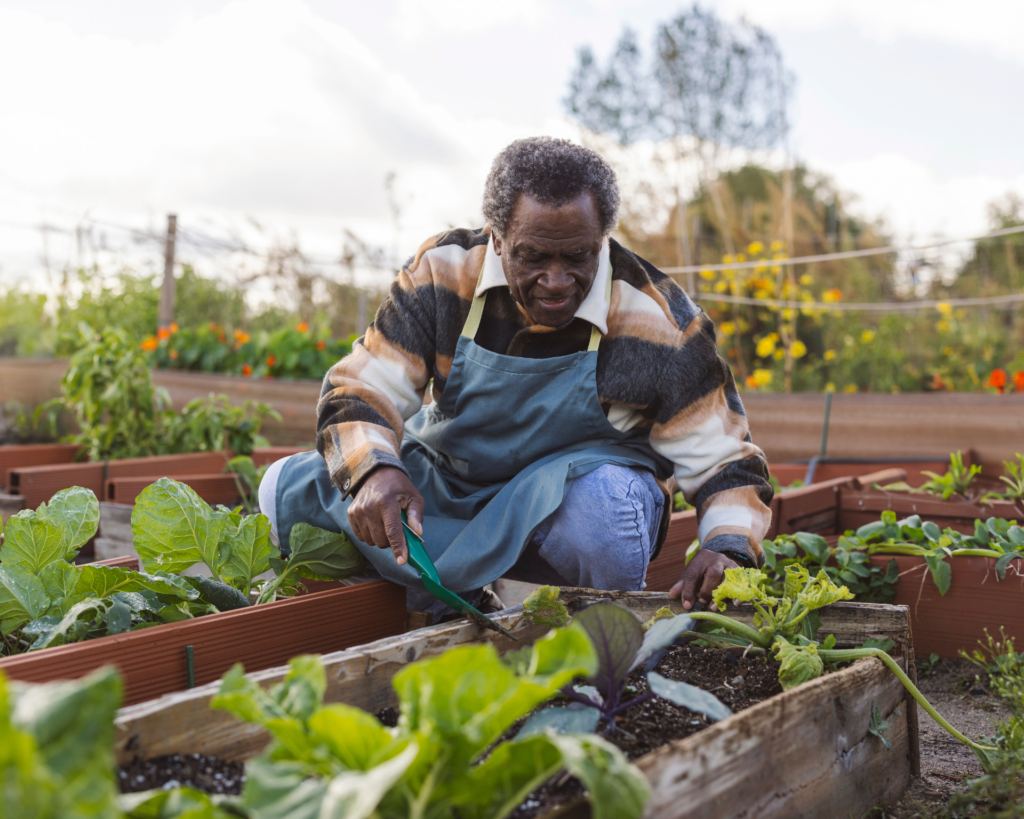Construction and Covid-19
The researchers estimated that construction workers experienced five times the risk of Covid-19 hospitalization compared to others with known occupations.

Read Time: 3 minutes
Published:
During the Covid-19 pandemic policymakers throughout the nation have agreed that industries like food, healthcare, and transportation are essential, but broad disagreements exist in how to categorize other industries like construction.
Construction teams work in close physical proximity to each other. Social distance and adherence to other Covid-19 safety guidelines proves difficult and sometimes impossible. Accordingly, policymakers in some regions like Boston restricted construction in late March 2020 to utility work and small residential projects. Texas, on the other hand, allowed all construction during the same time period. The city of Austin, however, implemented a stay-at-home order for one week for commercial and residential construction workers. This order represented a unique opportunity for policymakers to understand the immediate impacts of policy changes on the impacts of the virus.
Remy Pasco and colleagues produced statistical models to estimate the number of hospitalizations from Covid-19 among construction workers and those in other industries in Austin, Texas between March 13 and April 20, 2020. They narrowed the study to this timeframe for two reasons. The first was to understand the progression of the virus leading up to the stay-at-home order to establish a baseline transmission rate when all construction was permissible. Secondly, the virus has a two-week incubation period, meaning that any changes in the spread of the virus during the stay-at-home order would not be observed until up to two weeks after the order ended. The statistical model was based on how quickly the virus reproduces, how long the virus remains active, and the assumption that there are about 50,000 construction workers in Austin. They compared estimates among construction workers to estimates of positive cases among those of workers in other industries.
The researchers estimated that construction workers experienced five times the risk of Covid-19 hospitalization compared to others with known occupations. They projected that the introduction of the stay-at-home order led to a 73% reduction in local transmission rates among all Austin residents. The graphic above demonstrates that the reported number of hospitalizations for construction workers decreased steadily during the Covid-19 incubation period in the two-weeks following the stay-at-home order.
These results highlight the importance of using evidence to regulate high-risk industries. Even temporary closures can dramatically decrease risk of virus transmission. The city of Austin responded to this research study by releasing enhanced construction worksite management requirements. Such requirements included improved sanitization practices, daily symptom monitoring, and tracking workers for contact tracing purposes.
Databyte via Pasco RF, Fox SJ, Johnston SC, Pignone M, Meyers LA. Estimated Association of Construction Work With Risks of COVID-19 Infection and Hospitalization in Texas. JAMA Netw Open. 2020;3(10):e2026373.



